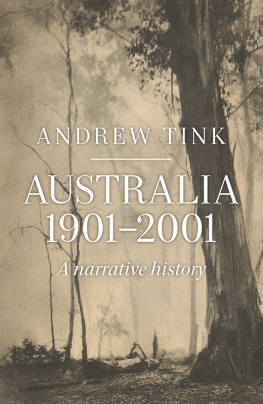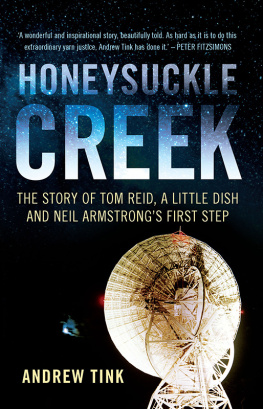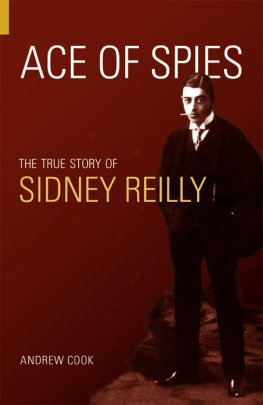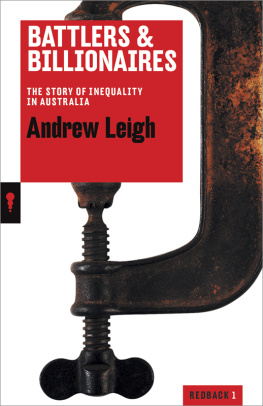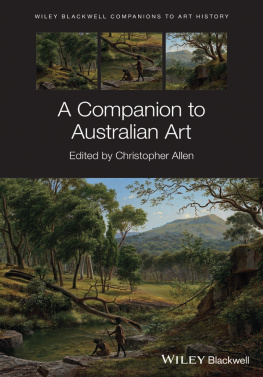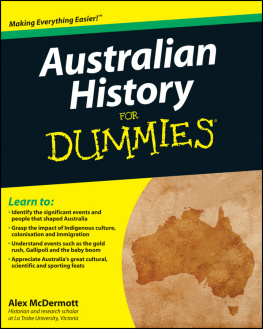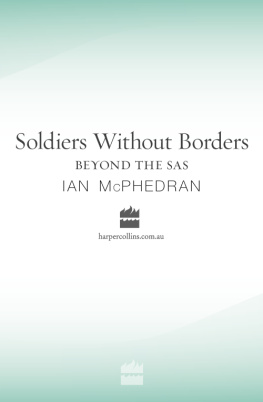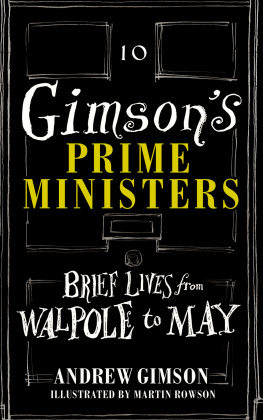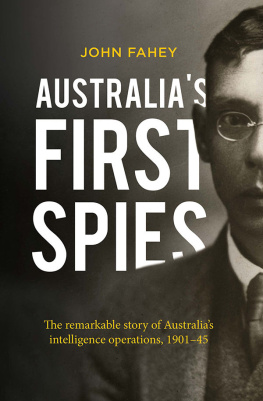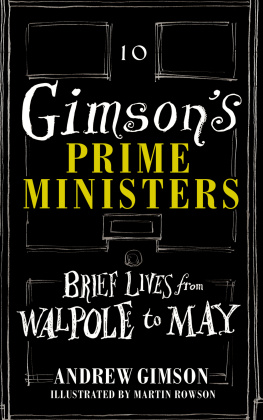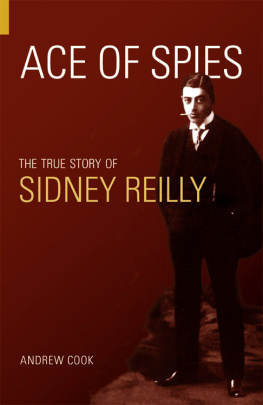AUSTRALIA 19012001
ANDREW TINK practised as a barrister before being elected to the NSW Parliament in 1988, where he served until 2007. He is the author of William Charles Wentworth: Australias greatest native son, published in 2009, which won The Nib CAL Waverley Award for Literature in 2010. His second book Lord Sydney: The life and times of Tommy Townshend was published in 2011. His most recent book Air Disaster Canberra: The plane crash that destroyed a government was published in 2013.
He is a member of the Library Council of NSW, a trustee of Sydney Living Museums and an adjunct professor at the Macquarie University Law School and Centre for Legal Governance. On Australia Day 2014 he was made a Member of the Order of Australia.
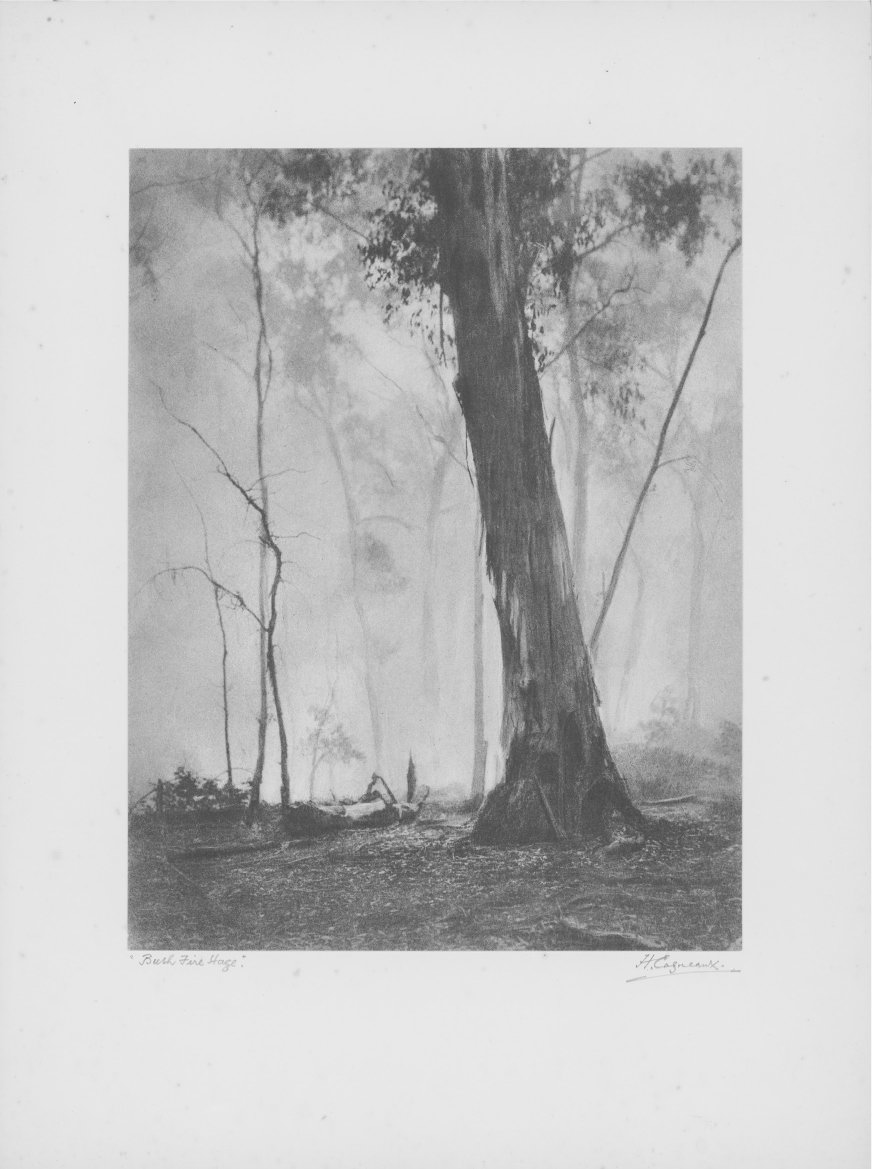
Harold Cazneaux, Bush Fire Haze, Mt Talbingo, N.S.W, 1932, courtesy of the Cazneaux family, image held at the National Library of Australia, nla.pic-an2384536.
ANDREW TINK

AUSTRALIA 19012001
A narrative history

~ For my grandparents ~
Lieutenant Bill Andrew and Sergeant Edgar Tink, who saw action in and around Villers-Bretonneux during April 1918; and their sweethearts, Essie Snow and Edna Arnold, who waited for them to return.
A NewSouth book
Published by
NewSouth Publishing
University of New South Wales Press Ltd
University of New South Wales
Sydney NSW 2052
AUSTRALIA
newsouthpublishing.com
Andrew Tink 2014
First published 2014
This book is copyright. Apart from any fair dealing for the purpose of private study, research, criticism or review, as permitted under the Copyright Act, no part of this book may be reproduced by any process without written permission. Inquiries should be addressed to the publisher.
National Library of Australia Cataloguing-in-Publication entry
Author: Tink, A. A. (Andrew A.), author.
Title: Australia 19012001: A narrative history/Andrew Tink.
ISBN: 9781742234083 (paperback)
9781742247120 (ePDF)
9781742241876 (ePub/Kindle)
Subjects: Australia History.
Social history.
Ethnology Australia.
Australia Politics and government.
Dewey Number: 994

Design Josephine Pajor-Markus
Cover image Harold Cazneaux, Bush Fire Haze, Mt Talbingo, N.S.W, 1932 (detail), courtesy of the Cazneaux family, image held at the National Library of Australia, nla.pic-an2384536.
Cover design Xou Creative
Author photo Elizabeth Tink
All reasonable efforts were taken to obtain permission to use copyright material reproduced in this book, but in some cases copyright could not be traced. The author welcomes information in this regard.
This book is printed on paper using fibre supplied from plantation or sustainably managed forests.
This project has been assisted by the Australian Government through the Australia Council for the Arts, its arts funding and advisory body.

Contents
Preface
When the director of NewSouth Publishing, Phillipa McGuinness, approached me to write a history of 20th-century Australia, there were a few conditions: that the book would not be more than 100 000 words long; that it would not be party political or otherwise polemical; that it would be a narrative history, rather than divided up into subject areas; that it would nevertheless cover some sport and culture, as well as the usual political and military staples; and that the manuscript would be delivered in 12 months. For me at least, such a project would have been impossible without the recent advent of Trove. This astonishing electronic resource allows tens of thousands of digitised newspaper pages to be searched and read with online immediacy, free of charge. And just as importantly for a narrative history, it provides access to all the colour and movement of countless stories as they were reported at the time, complete with contemporary descriptions of the key characters and verbatim reports of what they said. Although Trove is not referred to in the endnotes, about 90 per cent of the newspaper references there were found after I had googled Trove Newspapers.
The paradox of Trove is that the very technology that has led to its creation is also destroying the newspaper industry that provides its material. It is therefore unlikely that the history of 21st-century Australia will be nearly as well documented as the nations first hundred years. That said, I want to acknowledge my debt to thousands of journalists whose work is now available through Trove. And I hope that public funding continues, to enable the ongoing digitisation of newspapers that are not yet accessible. These include just about every newspaper published since the mid-1950s, with the wonderful exception of the Canberra Times, which is available up to 1995.
In many ways even more important than Trove is another remarkable, free, online resource: The Australian Dictionary of Biography founded and maintained by the Australian National University. Thanks to the work of the dictionarys editors and 4500 contributors over many decades, brief but authoritative summaries of the lives and times of 12 000 important contributors to Australian life are just a couple of mouse clicks away. As with Trove, it would not have been possible for me to complete this book on time without access to The Australian Dictionary of Biographys online edition.
To ensure a narrative balance, I decided upon 40 chapters, each of about 2500 words including endnotes, yielding four evenly spaced chapters per decade. Allowing slightly more room for wars, and special subjects such as the Great Depression and Mabo, this formula meant that I could never hope to cover everything. But I consoled myself with the thought that a 20-volume history of Australia would not be able to cover everything either. Whatever such a projects length, there will always be the challenge of what to incorporate and what to leave out. For example, I did not have room to include both the Azaria Chamberlain case and the Port Arthur massacre. And my decision to focus on the latter, turned on the fact that this mass shooting led to historic gun-law reform.
Partly due to my tight deadline and partly to avoid polemics, I have relied on published works and publicly available resources for my research, rather than on interviews. There has, however, been one exception the key role played by the Honeysuckle Creek deep space tracking station team in transmitting televison images of the moment the first human being stepped onto a celestial body. Led by Tom Reid, who I came to know well when I was an Australian National University law student during the early 1970s, this team and its profoundly important work were almost completely ignored in the film, The Dish. As Reids former deputy director, Mike Dinn, put it: the movie studiously avoids stating that the first TV to Australia and the world of Neil Armstrong setting foot on the Moon came from Honeysuckle Creek. I would like to thank Tom Reids widow, The Honourable Margaret Reid AO, his daughter Margaret Reid, Mike Dinn, John Saxon who was an operations manager at Honeysuckle Creek during the Apollo 11 Moon landing, the stations former contracts manager, Tony Cobden, and its historian, Colin Mackellar, for helping me to tell the real story.
Next page
